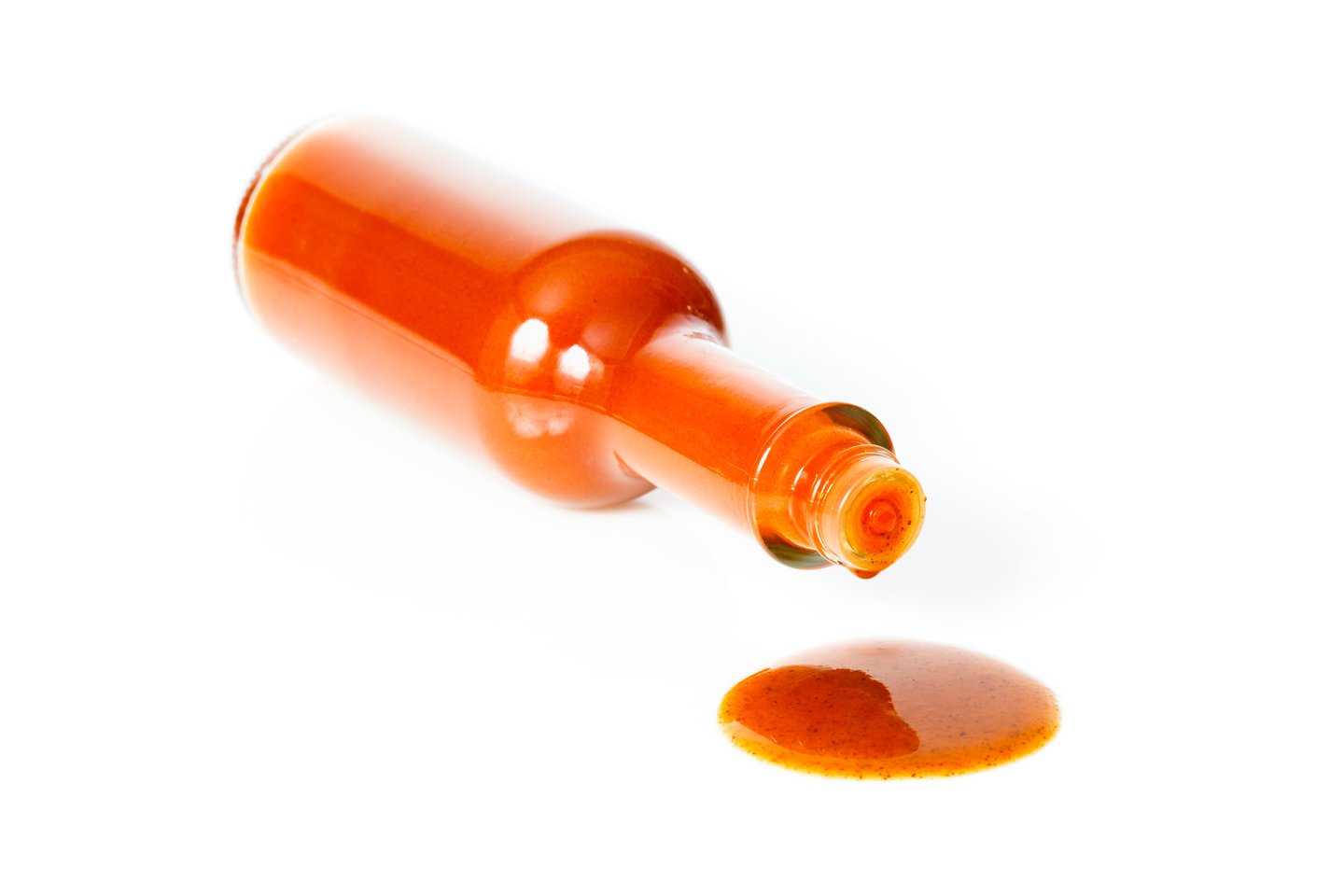Four things to know about hot sauce
1. TURN UP THE HEAT
Consumers are familiar with hot sauces from North America, including Mexico, but other varieties are growing. Carmen McCracken founded Toronto’s Firecracker Pepper Sauce with her husband Mike to share her family’s Indo-Trinidadian recipes. “Our products are Trini-style pepper sauces, which have been passed down from my Indian ancestors who came to Trinidad as indentured labourers back in the late 1800 to early 1900s,” she says. “Their spices and peppers, combined with the already culturally diverse Afro, Hispanic and British influence on the island, created a unique and distinctively Trinidadian sauce.”
2. SPICING THINGS UP
While Yeatman has noticed vendors mixing hot sauces with other condiments to create new products like a spicy ketchup or hot mayonnaise, he says that these products have not typically sold well. “I think end-users like having the ability to mix the sauce in themselves with a product of their choice,” he explains.
3. A HANKERING FOR THE HOT STUFF
The global hot sauce market reached a value of US$4.5 billion in 2020, according to a report from ResearchAndMarkets . And sales of the fiery condiment are expected to have moderate growth over the next four years fuelled by the popularity of Pan-Asian and Latin American cuisines.
4. PEPPERING THE AISLES
If retailers are eager to encourage more hot sauce sales, Joel Gregoire, associate director of food and drink at Mintel, suggests offering guidance and inspiration to customers for creative uses. “Provide direction on how hot sauces can be infused into meals or snacks as a topping or ingredient,” he explains. From a merchandising perspective, Gregoire says this means placing hot sauces next to foods that they can be paired with, when practical.
Grocers can also try creating a “hot sauce destination” within their stores, something Longo’s has experimented with. “We moved all hot sauces to an off-shelf location and listed roughly 40 new ones,” Yeatman says. “The goal was to set us [apart] from other conventional retailers,” that don’t provide such an extensive hot sauce offer. “This allowed us to test new brands and products in the market, which we typically wouldn’t have had space for in the past,” he said. Longos’ pilot also features many local products—a further selling point for customers, and a great way to promote local businesses as well.
This article appeared in Canadian Grocer's May 2022 issue



